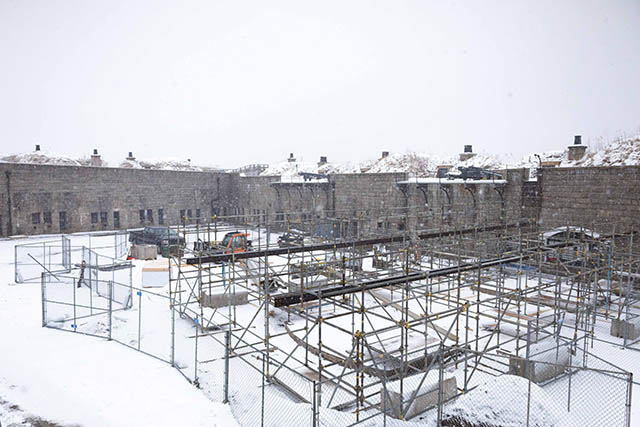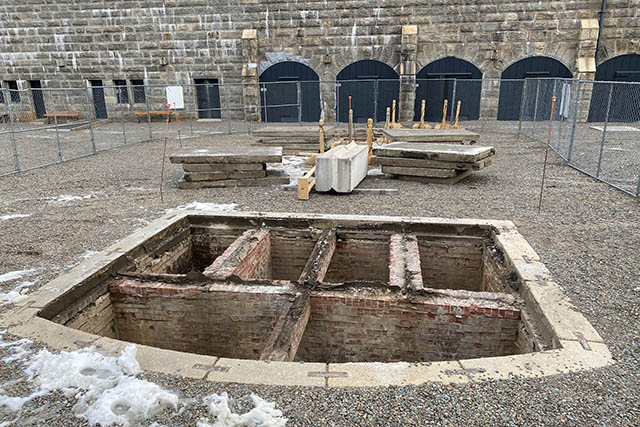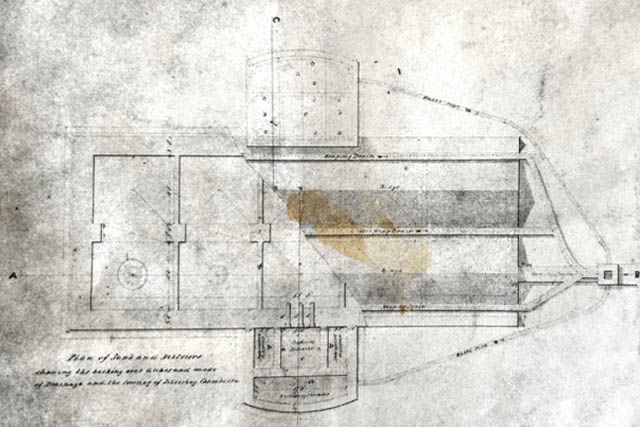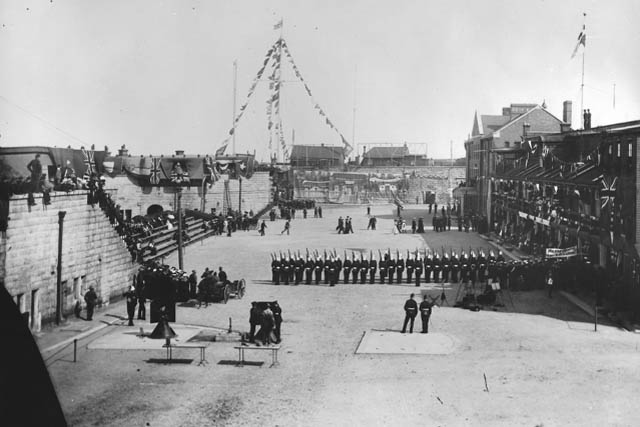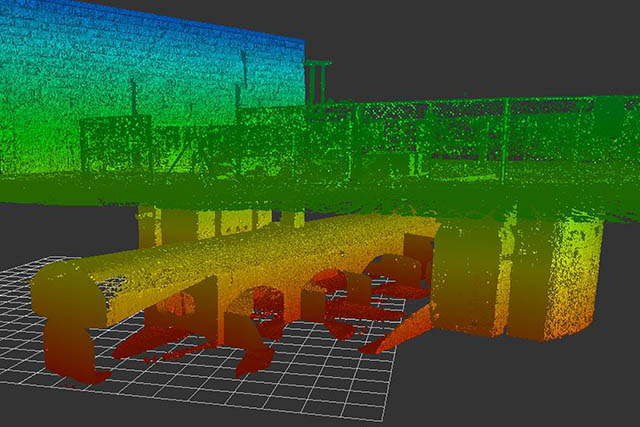
The Citadel's water cisterns
Halifax Citadel National Historic Site
A fort is only as strong as its water supply. The Halifax Citadel National Historic Site’s underground water cisterns showcase how the fort was designed to meet this important need.
The importance of water
The Citadel was designed to be self-sufficient for up to six weeks. This ensured that its defenders had all the supplies they needed to survive being under siege (under attack) for a prolonged period.
For the Citadel, having enough water was just as important as artillery and rifle ammunition, and it could have meant the difference between victory or defeat.
Underground holding tanks
There were two deep wells at the Citadel, but they did not supply enough drinking water for the entire garrison of about 300 troops.
Two large underground cisterns (holding tanks for rainwater) were the answer. Each cistern could hold about 320,000 litres of water. The cisterns were completed by 1856.
How they worked
The water collected in the cisterns came from precipitation through drains and ground runoff.
Each cistern had two filtration chambers that removed dirt, leaves, and other impurities. The filtration chambers made the water safe to drink.
Where they are located
The filtration chambers are visible in the main parade square. They are covered with removable concrete lids.
Rehabilitation
Parks Canada is currently in the process of rehabilitating the cistern’s filtration chambers, which had deteriorating brick and mortar, and decomposing timber framing and decking. Investing in rehabilitation will ensure the preservation of this unique feature for years to come!
Related links
- Date modified :
